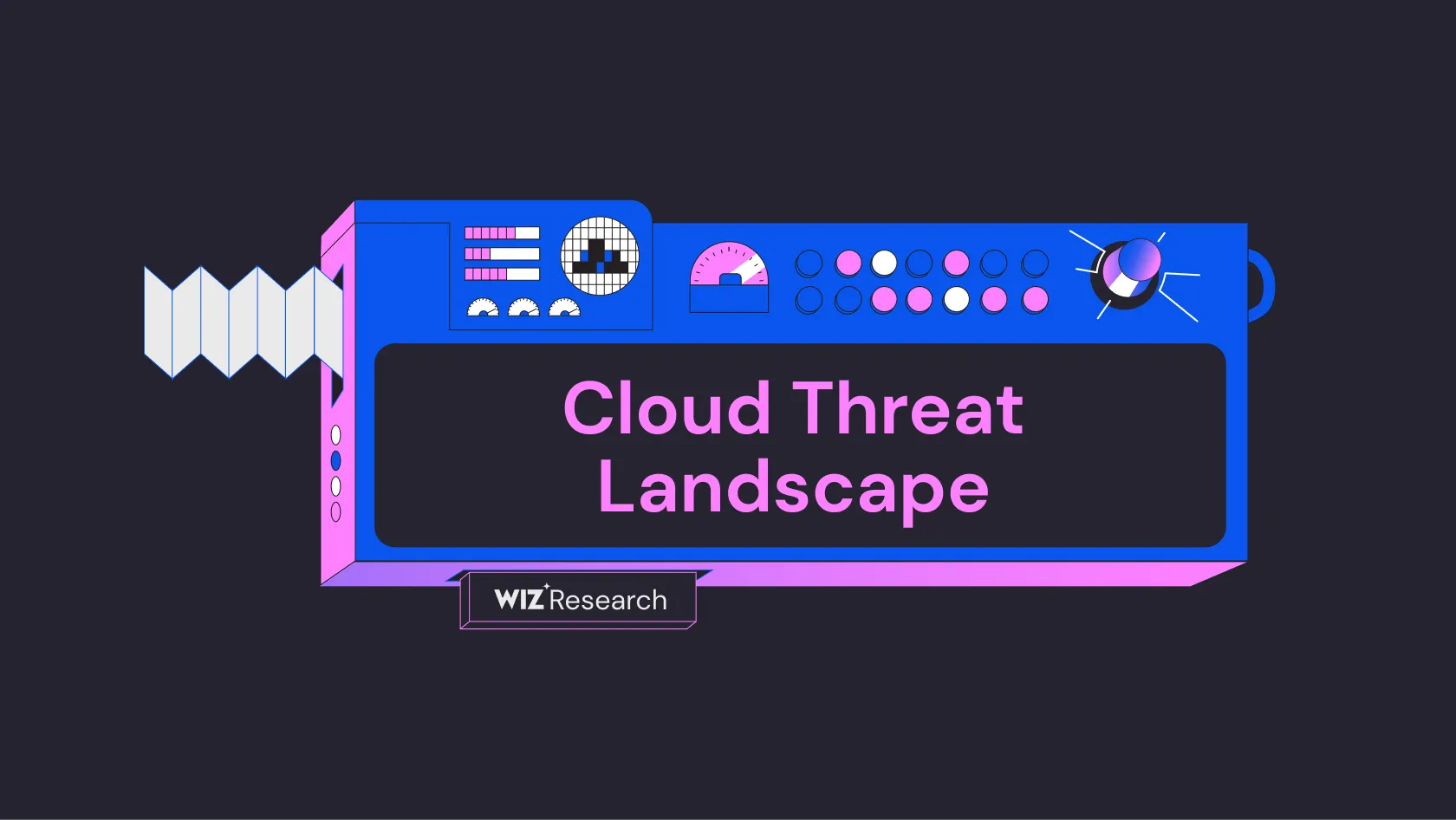
Cloud Vulnerability DB
An open project to list all known cloud vulnerabilities and Cloud Service Provider security issues
Windows OLE Remote Code Execution Vulnerability (CVE-2025-21298) is a critical security flaw discovered in January 2025. This vulnerability affects Microsoft Windows Object Linking and Embedding (OLE) technology and has been assigned a CVSSv3 score of 9.8, indicating its severe nature (Tenable Blog, NVD).
The vulnerability has been assigned a Critical severity rating with a CVSSv3 Base Score of 9.8 (CVSS:3.1/AV:N/AC:L/PR:N/UI:N/S:U/C:H/I:H/A:H). The weakness has been classified under CWE-416 (Use After Free) by Microsoft Corporation (NVD).
If successfully exploited, this vulnerability allows an attacker to execute remote code on the victim's machine through specially crafted emails. The attack can be triggered either when a victim opens the malicious email using an affected version of Microsoft Outlook or when the email is displayed in the preview pane (CrowdStrike Blog).
Microsoft recommends configuring Outlook to read email messages in plain text format instead of rich text format as a mitigation measure. This configuration change prevents the display of content like photos, animations, or specialized fonts that could be used to exploit the vulnerability (CrowdStrike Blog).
Source: This report was generated using AI
Free Vulnerability Assessment
Evaluate your cloud security practices across 9 security domains to benchmark your risk level and identify gaps in your defenses.

An open project to list all known cloud vulnerabilities and Cloud Service Provider security issues

A comprehensive threat intelligence database of cloud security incidents, actors, tools and techniques

A step-by-step framework for modeling and improving SaaS and PaaS tenant isolation
Get a personalized demo
“Best User Experience I have ever seen, provides full visibility to cloud workloads.”
“Wiz provides a single pane of glass to see what is going on in our cloud environments.”
“We know that if Wiz identifies something as critical, it actually is.”